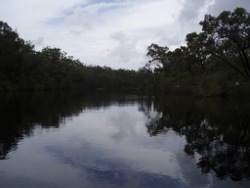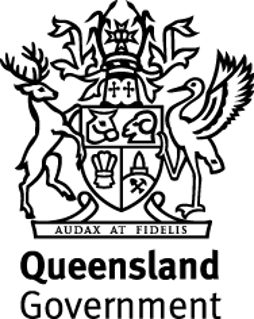|
|
Fact sheetsFact sheets are a quick way to access information or to find out more about a topic of interest. Most of the fact sheets listed in this section are related to projects undertaken by the Queensland Wetlands Program, while others have been developed through other programs or projects. Quick facts
Queensland Wetlands Program project fact sheetsCurrent projects
Completed projects
These fact sheets have been taken down as they are out of date. If you need access please contact us on the feedback link below.
Wetland management profilesWetland management profiles provide information about the distribution, ecology, cultural values, conservation status, threats and management of particular wetland types and wetland regional ecosystems within Queensland. Profiles help wetland managers identify:
View the profiles from the list below, or use WetlandSummary—facts and maps to look for profiles within a particular area.
Wetland Management Profiles and other fact sheets Wetland management profiles of different wetland types help wetland managers identify the social, economic and environmental values of wetlands, the hydrology and ecology of wetlands, threats and pressures on wetlands, and management actions that can be taken to conserve or enhance wetland biodiversity and productivity. These profiles link to the types identified in the mapping and classification project mentioned above. Wetland management profiles of different wetland types help wetland managers identify the social, economic and environmental values of wetlands, the hydrology and ecology of wetlands, threats and pressures on wetlands, and management actions that can be taken to conserve or enhance wetland biodiversity and productivity. These profiles link to the types identified in the mapping and classification project mentioned above.
These profiles have been taken down as they are out of date. If you need access please contact us on the feedback link below.
To support the management profiles intertidal and subtidal seascape level ecosystem descriptions have been devised to provide a better understanding of the biological, physical and chemical attributes (factors) that are determining the nature and extent of the seascape scale ecosystems of Central Queensland. The riverine ecosystems in Queensland have also been divided into Freshwater Biogeographic Provinces (FBPs) using broad patterns in the natural distribution of faunal communities. Conceptual models currently exist for: Wetlands of south-western QueenslandThese fact sheets have been taken down as they are out of date. If you need access please contact us on the feedback link below. Last updated: 2 February 2023 This page should be cited as: Department of Environment, Science and Innovation, Queensland (2023) Fact sheets, WetlandInfo website, accessed 8 May 2025. Available at: https://wetlandinfo.des.qld.gov.au/wetlands/resources/publications/fact-sheets/ |

 — Department of the Environment, Tourism, Science and Innovation
— Department of the Environment, Tourism, Science and Innovation

